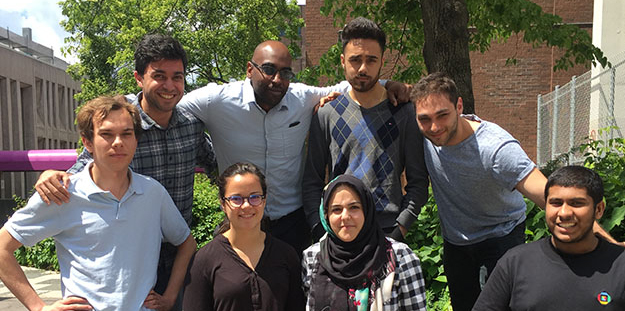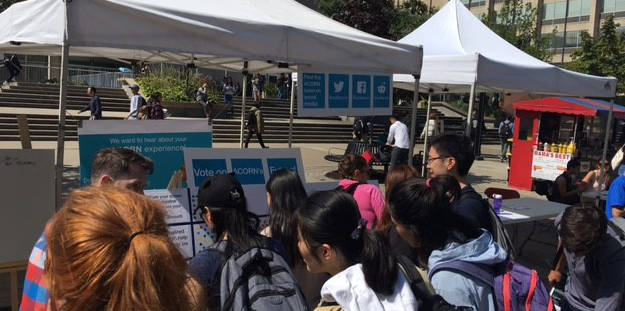Enterprise Applications and Solutions Integration (EASI) and Next Generation Student Information Services (NGSIS) have been working to modernize U of T’s student information system, ROSI. This project involves converting over 2 million lines of code and replacing the mainframe server to improve system performance and capacity and real-time integration with other applications.
Throughout October and November 2017, the EASI team met and consulted with 21 academic divisions and 6 administrative units. Here are the top five FAQs:
- When is the NGSIS Platform Modernization being implemented?
The change from the mainframe server to the more efficient and robust server infrastructure, as well as the updated code, is scheduled from end of day November 16 to the morning of November 19, 2018. - Which systems will be affected from end of day November 16 to the morning of November 19?
ROSI and ROSI Express (admin facing)
• ACORN, associated applications and SWS (student-facing)
• Other systems dependent on the mainframe and connecting to ROSI and ROSI data:
• Degree Explorer
• MyRes
• eMarks
• Varsity Blues Registration System
Note: The Learning Portal will not be affected. - After the cutover, will other student- and staff-facing systems be different? ACORN, Degree Explorer, and Course Finder will operate in exactly the same way, as will ROSI Express, eMarks, StarRes, and MyRes.
- Will I be able to use the function (PF) keys?
Most of the function key actions will require the use of mouse clicks. You can still use the “enter” key for most enter functions, but many keyboard functions (like paging up and down with PF7 and PF8) will require a mouse click. - Can users still type direct commands to get from menu to menu?
Direct commands will still be the main way of navigating around ROSI. You will type menu selections, then use mouse clicks for paging, returning to a previous screen, etc.





